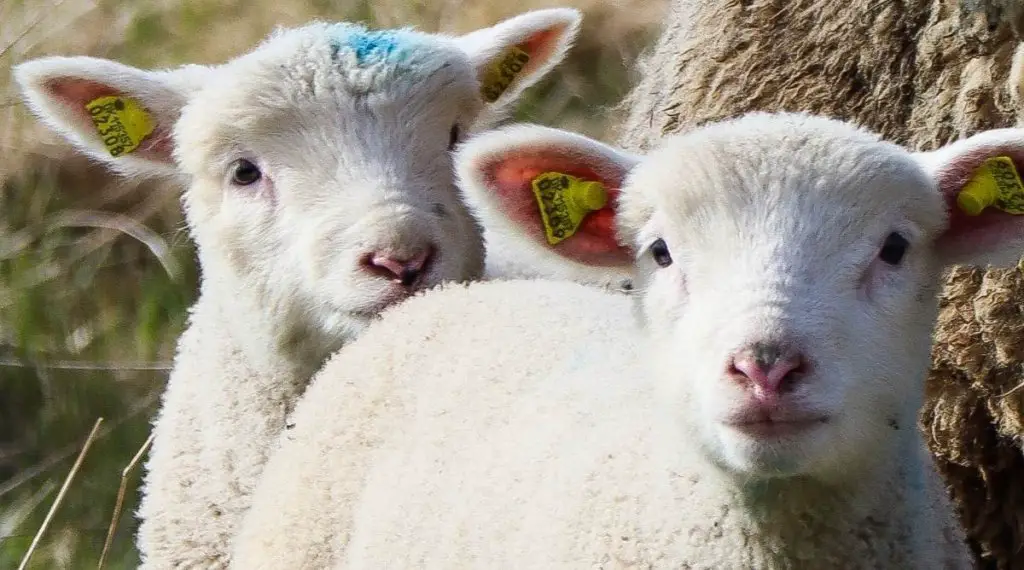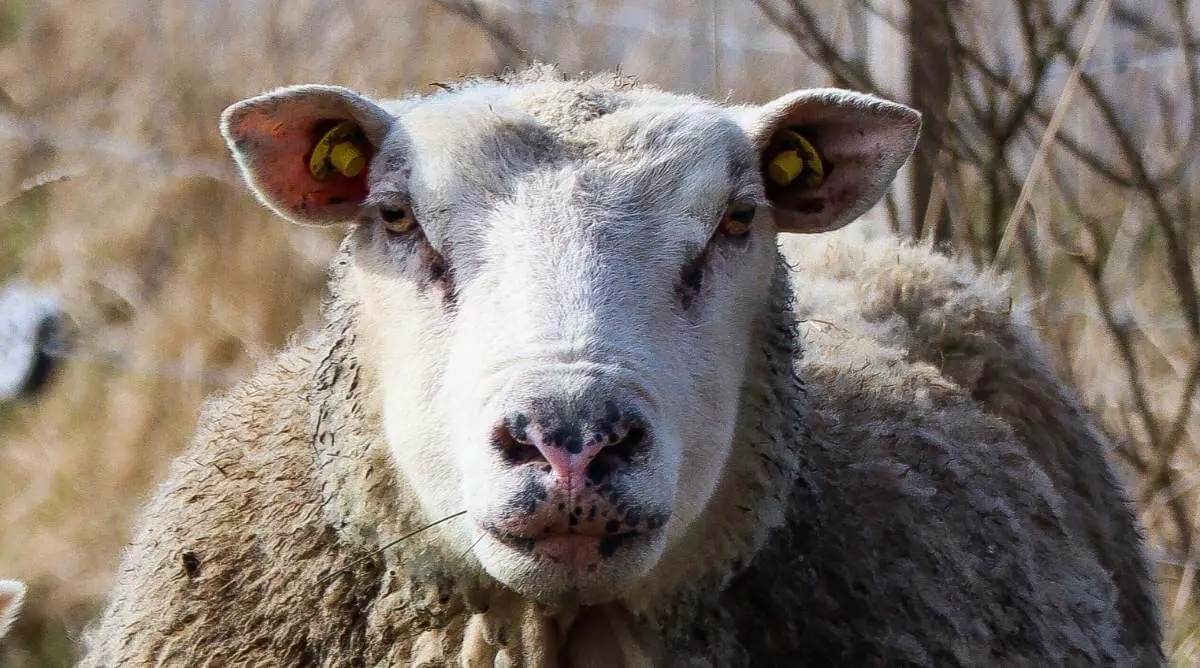Finnsheep, which originated in the harsh climates of Finland, play a key role in the sheep industry. The breed's gentle disposition, adaptability to a variety of environments, multiple birth occurrences, high-quality wool yield, lean meat production, and milk supply all add to the attraction of this breed.
Table of Contents
Finnsheep Characteristics
The Finnish Landrace breed is often referred to as Finnsheep. Finnsheep are a Northern European short-tail sheep breed native to Finland. They are a medium to large breed of sheep that produces milk, meat, and wool.
They are known for excellent vision, which is helped by their open, wool-free faces. The wool they provide is of a moderate staple length and is fairly abundant. This breed provides predominantly white wool. However, other natural colors are not uncommon.
Finn ewes and Finnsheep rams are usually polled, which means they have no horns. The gentle disposition of the breed makes them easy to handle, an attractive characteristic for many sheep farmers.
| Characteristics | Description |
| Origin | Finland |
| Appearance | Open, wool-free faces. Typically white wool. Rams and ewes typically have no horns. |
| Weight | 160-220 pounds (Rams), 120-160 pounds (Ewes) |
| Wool | Soft with an average crimp and a high gloss. Medium fiber fineness (between 24 and 30 microns). Staple length ranges from three to six inches. |
| Fertility | Finnsheep ewes have high fertility, and commonly birth up to five lambs at once |
| Meat | Succulent and mild in flavor. High quality. |
| Other attributes | Gentle disposition. |
| Common uses | Commonly used in crossbreeding programs. Their wool is popular among spinners and felters. |
Finnsheep Crossbreeding and Litter Size

An interesting fact about Finnsheep is the high rate at which multiple births occur.
It isn’t uncommon for Finnsheep ewes to birth up to five lambs at once, although the lambs are characteristically quite small. Finnsheep mature at around six months of age and can be mated as young as that.
Because of the prolific mothering ability and above-average litter size of the Finnsheep breed, it is commonly used in crossbreeding programs.
What Kind of Wool Do Finnsheep Produce?
The Finnsheep breed is good for wool production. A mature ewe produces up to 3.6kg of fleece with a very high yield percentage.
The wool is soft with an average crimp and a high gloss. The fiber fineness is between 24 and 30 microns which puts the breed within the medium range of wools. Finnsheep wool has an average crimp and a staple length that ranges from around three to six inches.
These characteristics make it a popular choice among spinners and felters. Most people will find the finished product comfortable to wear close to the skin.
What Environments are Finnsheep Adapted To?
The Finnsheep is a landrace sheep breed, meaning it developed adaptive characteristics without the interference of humans.
Over time, the Finnsheep breed evolved to not only survive but thrive in the many different environments and climates found in Europe.
The Finn is particularly adapted to the icy weather and environment in Finland. A stand-out characteristic of the Finnsheep is its ability to adapt its breeding season to the summers of Finland.
Finnsheep Meat Facts
The Finnsheep breed produces lean meat that is succulent, mild in flavor and of high quality.
Mature ram weights average 160 to 220 pounds, while mature ewes weigh in at around 120 to 160 pounds.
Finnish Sheep Breeders Association
Until the inception of the first Finnish Sheep Breeders Association in 1918, no flock books were kept, and no breeding programs were maintained. In 1929, the first herd book was published. Most of the world, besides the Nordic countries, had not heard about Finnsheep until this point.
The Finnsheep Breeders Association promoted the breed. It slowly became a household name among sheep farmers and within the sheep industry.
The most attractive characteristic of Finnsheep for farmers outside the Nordic countries is the prolificacy of the breed.

